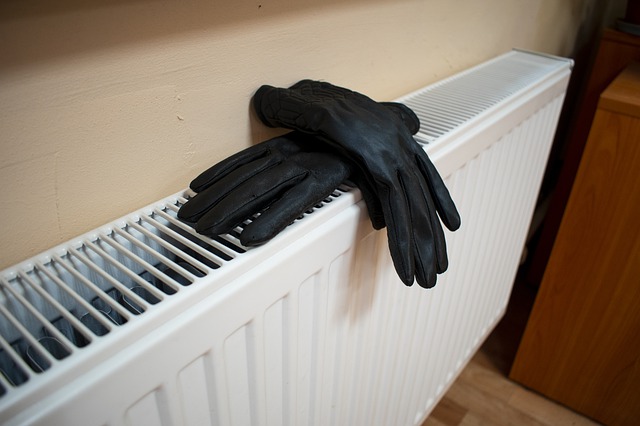
Image by Elizaveta Maximova from Pixabay
November 8, 2022 - The National Energy Assistance Directors Association (NEADA) representing the state directors of the Low Income Home Energy Assistance Program (LIHEAP) on Monday released data showing that more than 20 million families, about one out of six American families, are behind on their utility bills. In total, these families owe about $16.1 billion as of August 2022, up from about $8.1 billion at the end of December 2019. During this period, the average amount owed increased from about $629 to $788. The increase in utility debt is coming at a time when families are also experiencing an increase in the cost of essential items including food, shelter, gasoline and home energy. For example, in the last 12 months, the cost of food has increased by 11.2%, shelter 6.6%, electricity 15.5% and natural gas 33.1%.
While these numbers sound alarming, they would have been even worse if Congress did not provide an additional $4.5 billion for LIHEAP, the primary federal program to help families afford their energy bills, as part of the American Rescue Plan Act.
The increase in the energy burden for families in the bottom 40% of the US income distribution, is of even greater concern. From 2020 to 2022, families’ average energy costs increased from $3,098 to $3,770, and the amount spent on gasoline increased from $1,035 to $1,662. This increase in utility costs reflects the continued high prices for natural gas, heating oil and propane, as well as this past summer’s heat waves that increased the cost of air conditioning from an average of $450 the previous summer to about $600.
According to Mark Wolfe, Executive Director of NEADA, the LIHEAP appropriation is insufficient to address the increase in energy prices, rising summer temperatures, and the subsequent rise in utility arrearages. The nation is heading towards a period of unaffordable energy prices and Congress must increase funding for LIHEAP to offset the increase in energy prices and help lower income families afford the high cost of heating and cooling.
Preliminary data suggests that utility arrearages will continue to rise this winter as all signs point to higher home energy prices, with natural gas hitting a 16 year high and no end in sight. NEADA will be releasing its Energy Hardship Report providing estimates of winter heating prices and energy burden data later this month.
The National Energy Assistance Directors Association (NEADA) is the primary educational and policy organization for the state directors of the Low Income Home Energy Assistance Program (LIHEAP). LIHEAP is a federal program program providing formula grants to states to help low-income families pay their heating and cooling bills.
Source" National Energy Assistance Directors Association








